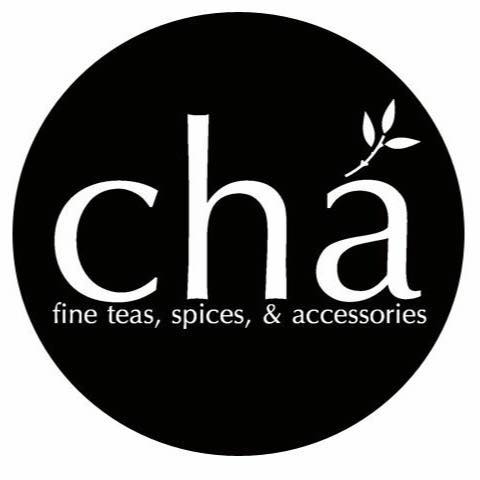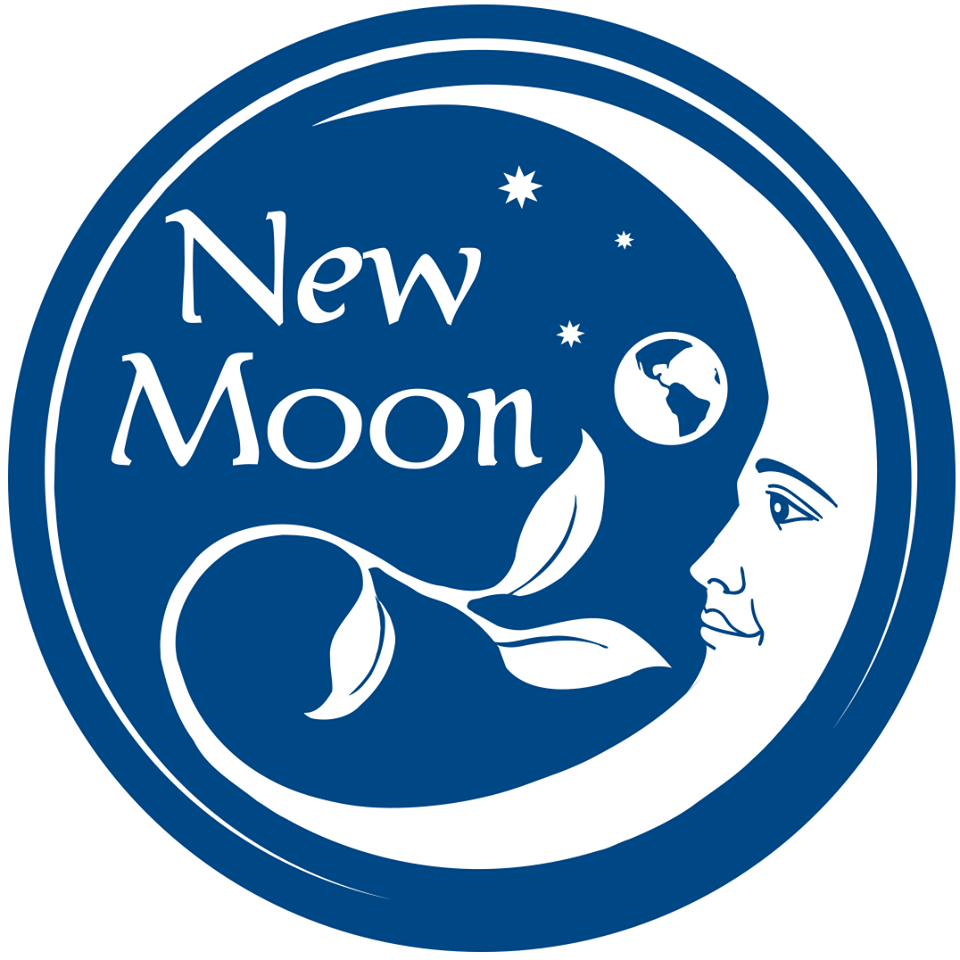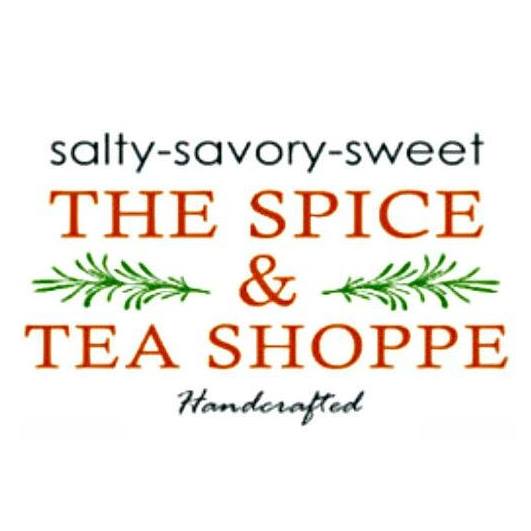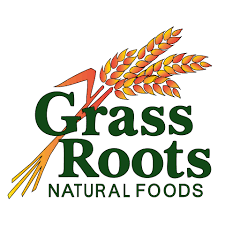Sweet almond oil (Oleum amygdalae) - Rosaceae family
We use a cold pressed 100% pure sweet almond oil. Sweet almond oil is known for reducing inflammation and swelling, making it a worthy vehicle for the Releaf Rollie. Sweet almond oil is a quality, light, and fast absorbing oil that helps immediately draw the beneficial herbs through the skin. Almonds and almond oil have many properties including anti-inflammatory, immunity-boosting, and anti-hepatotoxicity effects. Shown to be beneficial for dry skin conditions such as psoriasis and eczema. It has been used to soothe and rejuvenate the skin, improve complexion, and skin tone (Ahmad, 2010). According to the USDA National Nutrient Database, sweet almond oil contains vitamin A, B6, K, & E, riboflavin, niacin, thiamin, pantothenic acid, and folate. In addition, sweet almond oils contain fatty acids (monounsaturated oleic, linoleic, and saturated fatty) that help with inflammation, sun damage, and dehydrated skin.
Shea butter (Vitellaria paradoxa) - Sapotaceae family
We use raw, unrefined shea butter of the shea tree (Vitellaria paradoxa. Shea butter is known for its anti-inflammatory skin soothing, and extremely moisturizing butter. In addition to it’s silky and anti-inflammatory qualities, shea butter melts on contact with skin, so the salve rolls on with ease. According to our supplier and the Journal of Life Sciences (2014), shea butter hosts a number of vitamins for the skin such as vitamin A, E, F, and K, as well as oleic, linoleic, linolenic and arachidonic fatty acids. Shea butter is great for aged, dry, inflamed skin.
Cocoa butter (Theobroma cacao) - Malvaceae family
We use raw, pure cocoa butter of the cocoa tree (Theobroma cacao). Similar to shea butter, cocoa butter helps provide hydration and healing to dry, irritated skin. Cocoa butter has been shown to improve skin elasticity and collagen production (anti-aging) and skin tone. Cocoa butter is high in antioxidants for the skin due to the polyphenol and flavonoid content. Also bioavailable are stearic acid, palmitic acid, and myristic acid.
Beeswax (Cera alba)
We use organic, fair trade, cosmetic grade, premium quality beeswax. Since 1550 BC Egypt, beeswax has been used to heal bruises, burns, wounds, joint pain, and inflammation. Since many of these uses have been clinically confirmed. More recently, beeswax was shown to have antimicrobial property that acts synergistically in natural products. Beeswax contains hydrocarbons, free fatty acids, di-esters, and exogenous substances and has been shown to possess antibacterial and anti-fungal properties (Fratini, Cilia, Turchi, & Felicioli, 2016).
St. John’s Wort (Hypericum perforatum) - Hypericaceae family
Although St. John’s Wort can be found in Lake Tahoe, populations are small, so we use organic St. John’s Wort to infuse our oils with. While St. John’s Wort (SJW) is one of the most extensively studied herbal remedies, mostly for its experienced therapeutic benefits on depression, the well-established topical benefits are not often discussed. However, one of the earliest mentions of SJW (23–79 A. D.) included using the herb topically as an astringent for burns. SJW has been [studied for and] used to treat wounds, burns, sunburns, abrasions, bruises, scars, ulcers, sciatica, atopic eczema, rheumatism, lumbago, cramps, decubitus, atopic dermatitis, psoriasis, herpes simplex infections, myalgia, pain, and others. The compounds available in SJW have been shown to have antioxidant, anti-inflammatory, anticancer, and antimicrobial activities. In fact, Hypericin is known to be a photo-sensitizer which could have future potential for non-melanoma skin cancer. Nearly 10% of the compounds in SJW are flavonoids (antioxidants). On the other hand, since SJW is a known photo-sensitizer, photo-toxicity has been experienced, spending extended periods of time in the sun is not advisable.
Yarrow (Achillea millefolium) - Asteraceae family
We use certified organic aerial parts of flowering yarrow (either local wild-harvested or ethically sourced). Known as the anti-inflammatory “wound healing” herb is a flowering plant that grows abundantly in a variety of terrains, and specifically found along roads and along mountains in the Reno/Tahoe area. When distilled, the essential oils turn blue! One of the few plants that have this ability. The blue color is a result of a chemical constituent called chamazulene, which has been shown to have anti-inflammatory and wound healing capabilities. According to the Natural Medicines Database (2019) professional monograph, yarrow is used as an anti-inflammatory, antimicrobial, and antispasmodic effects for wounds and painful cramps. Kaempferol, luteolin, and apigenin are of main constituents present in Yarrow. The antioxidant and anti-inflammatory properties of this herb have been attributed to its flavonoid content. Other bioactive components including amino acids, fatty acids, salicylic acids, succinic acid, ascorbic acid, folic acid, and caffeic acid (Ayoobi et al., 2017).
Arnica (Arnica montana) - Asteraceae family
We use organic arnica extract. Researchers Cameron & Chrubasik (2013) updated the systematic review of herbal therapeutics for treating osteoarthritis. Topical arnica showed the most effective remedy, showing similar pain-relieving results to the non-steroidal anti-inflammatory drug (NSAID), ibuprofen. According to the Journal of Pharmacy Pharmacology (2017), arnica had been reported to have antibacterial, antioxidant, anti-inflammatory, antifungal, analgesic, and rubefacient activity. The yellow flower, leaves, and stems are used in a variety of topical products in order to mask pain, promote healing, and improve circulation. In addition, arnica is used to treat nerve and muscular cramps, soreness, and pain. Arnica contains a wide range of chemical compounds including sesquiterpene lactones and their short-chain carbonic acid esters, flavonoids, carotenoids, essential oils, diterpenes, arnidiol, pyrrolizidine alkaloids, coumarins, phenolic acids, lignans, and oligosaccharides. The sesquiterpene lactones in arnica have been shown to significantly reduce inflammation as it passes through the skin easily. A study containing willow bark, St. John’s Wort, and comfrey has been shown to improve musculoskeletal healing. According to the European Journal of Sport Science (2014), researchers set to determine whether topical application of arnica was effective in reducing pain, inflammation, and muscle damage in males experiencing delayed onset muscle soreness (DOMS). The results showed that arnica was able to reduce pain and inflammation after 3 days after the topical application was administered every 4 hours.
Cayenne pepper (Capsaicin annuum) - Solanaceae family
We use a high-quality hot cayenne pepper from a local vendor. In a study conducted by Chrubasik, Weiser, & Beime (2010), 281 patients were suffering from chronic soft tissue pain were given either a placebo or a cayenne ointment for three weeks. Pain had decreased by 49% in patients compared to 23% in the placebo group. In a separate double-blind, randomized, placebo-controlled multi-center parallel-group study conducted by the Journal of Pain in 2003, evaluated 320 patients with low back pain. The results were similar in that 42% pain reduction of the group treated with cayenne ointment compared to the 31% of the placebo group.
Sagebrush (Artemisia tridentata) - Asteraceae family
We distill and use our own Great Basin Sagebrush essential oil using wild harvested, sustainably produced local plants. Sagebrush was used by Native Americans for pain therapy and spiritual purposes. In Switzerland, the Pharmaceuticals journal (2012) explored the therapeutic use of California sagebrush (A. californica) by applying modern science to native uses of sagebrush. The results found that sagebrush may be useful for joint inflammation, osteoarthritis, muscle strains, broken bones, and pain when administered topically. Pain relieving results (up to 3 hours) have been experienced within 20 minutes of application. Sagebrush contains sesquiterpenes, alkaloids, flavonoids, and other compounds. Sagebrush essential oil contains camphene, thujone, camphor, borneol, eucalyptol, pinene, carene, and more. These monoterpenes have been shown to inhibit pain sensory neurons (TRP channels) of the skin, brain, and lungs. The flavonoids present have been shown to have anti-inflammatory and analgesic properties by inhibiting T cell proliferation and activation. In the laboratory, basin sagebrush (A. tridentata) has been found to be a strong antibacterial against antibiotic-resistant bacteria, which means sagebrush essential oil makes for stabilizing microbials and keeping bacteria from spoilage (Nagy & Tengerdy, 1967). Sagebrush increases it’s polyphenol content (ridentin, apigenin, luteolin, quercetin, aesculetin, coumarin, and scopeltin) during stress (from ultraviolet light, temperatures, infections). It has been recognized by authors, such as Pu et al. (2015), that the naturally occurring polyphenols is attributed to the antioxidant activity of the plant. In 2019, researchers from Heliyon set out to confirm the microbial and analgesic effects of basin sagebrush and evaluate the anti-inflammatory activity of the sesquiterpene lactones present. Researchers highlighted adequate studies confirming the benefits of sagebrush for colds, headaches, topical analgesic, arthritis, strains, bruises, and broken bones, as well as show significant anti-inflammatory activity.
Rosemary (Rosmarius officinalis) - Lamiaceae family
According to Uritu et al. (2018), rosemary has been shown to have antispasmodic, analgesic, and antirheumatic properties, both internally and topically mainly due to high levels of rosmarinic acid, and pinene. Studies confirm the analgesic properties of rosemary, attributed to the constituents; carnosol, cineole, rosmarinic acid, and caffeic acid. Rubefacients increase localized blood flow and circulation to the skin, which offers a relieving topical remedy; rosemary of the Lamiaceae family have been reported to increase localized circulation. Topical application of rosemary for musculoskeletal pain management. A single-blind, placebo-controlled study involving 105 patients undergoing hemodialysis were separated into rosemary and placebo groups, testing the effectiveness of applying the essential oil to the legs 3 times a day. Results showed significance in the severity of pain after topical application of the essential oils over the placebo, although little difference between the two. Consistent with many trials, rosemary showed to have a rubefacient and anti-inflammatory effect on factors such as prostaglandins while dilating blood vessels and increasing localized blood flow (Keshavarzian & Shahgholian, 2017).
Lavender - (Lavandula angustifolia) - Lamiaceae family
Lavender was shown to have a pain inhibitory effect similar to morphine, dexamethasone, and indomethacin (Uritu et al., 2018). In addition, Ghelardini et al., (1999) compared EOs of citrus to lavender and determined the constituents linalyl acetate and linalool to have a drastic reduction of pain in vivo of the localized area. Numerous in vivo studies confirm internal and external analgesic properties of lavender (Rusinowska & Śmigielski, 2014).
Vitamin E (alpha-tocopherol)
Vitamin E is a natural antioxidant synthesized by plants that are used commonly in dermatology for its photoprotective (ultraviolet) effects. Researchers Keen & Hassan (2016) evaluated a number of clinical trials in order to show vitamin E can be effective for treating atopic dermatitis, psoriasis, cutaneous ulcers, skin cancer prevention, aging, wound healing (burns, scars), melasma, acne vulgaris, postherpetic neuralgia, and more. Topically, the antioxidant capacity has shown to synthesize collagen and glycosaminoglycans production on the skin.
Arrowroot - (Maranta arundinacea) - Marantaceae family
We use organic arrowroot powder. Arrowroot is a natural starch ground from the roots of the M. arundinacea plant. It is a white, odorless, colorless powder (similar to talcum powder) to increase absorption, leaving a soft, silky feel.
Emulsifying wax
We use plant-derived emulsifying wax for oil stabilization and integrity. Emulsifying wax improves consistency, and acts as a stabilizer.
About this product
The releaf rollie contains a combination of raw tree butters, our own medicinal herb infused nut oils, local and therapeutic essential oils. All of the herbs above have been chosen for their synergistic action as a musculoskeletal analgesic remedy. St. John’s Wort and yarrow work on reducing inflammation and relaxing muscles and nerves in the localized area (“ACHS”, 2019). Arnica works to ward off the pain as a localized analgesic (Mills & Bone, 2005). The herbs penetrate into the skin and move through the circulatory system with the assistance of rubefacient herbs such as rosemary, sagebrush, and cayenne pepper (“Stillpoint Aromatics”, 2015). In addition, cayenne is a potentiating herb that improves the bioavailability of other herbs and beneficial compounds (“ACHS”, 2019). Not only does cayenne strengthen the benefits of other herbs, but cayenne has been shown to desensitize pain stimulus through heat-generating compounds that distract pain sensitivity to the localized area. The action of capsaicin of cayenne acts as a counterirritant, and produces a light pain response, blocking pain receptors to the musculoskeletal system (“ACHS”, 2019; Neustadt, 2008). Salicylates (as in willow bark and meadowsweet), along with capsaicin (cayenne), menthol (peppermint), and camphor (sagebrush), are all considered natural counterirritant topical analgesics, meaning they produce analgesia (pain-relief) by activating and then desensitizing epidermal nociceptors (Barkin, 2013). Many of these herbs (especially rosemary and sagebrush) have topical antibacterial or antiseptic properties, which helps stabilize the product and reduce the chances of bacterial growth. All of these herbs have beneficial properties for compromised skin, although due to the heat of cayenne pepper, and the compounds in arnica, it is not advisable to use on open wounds (Neustadt, 2008).
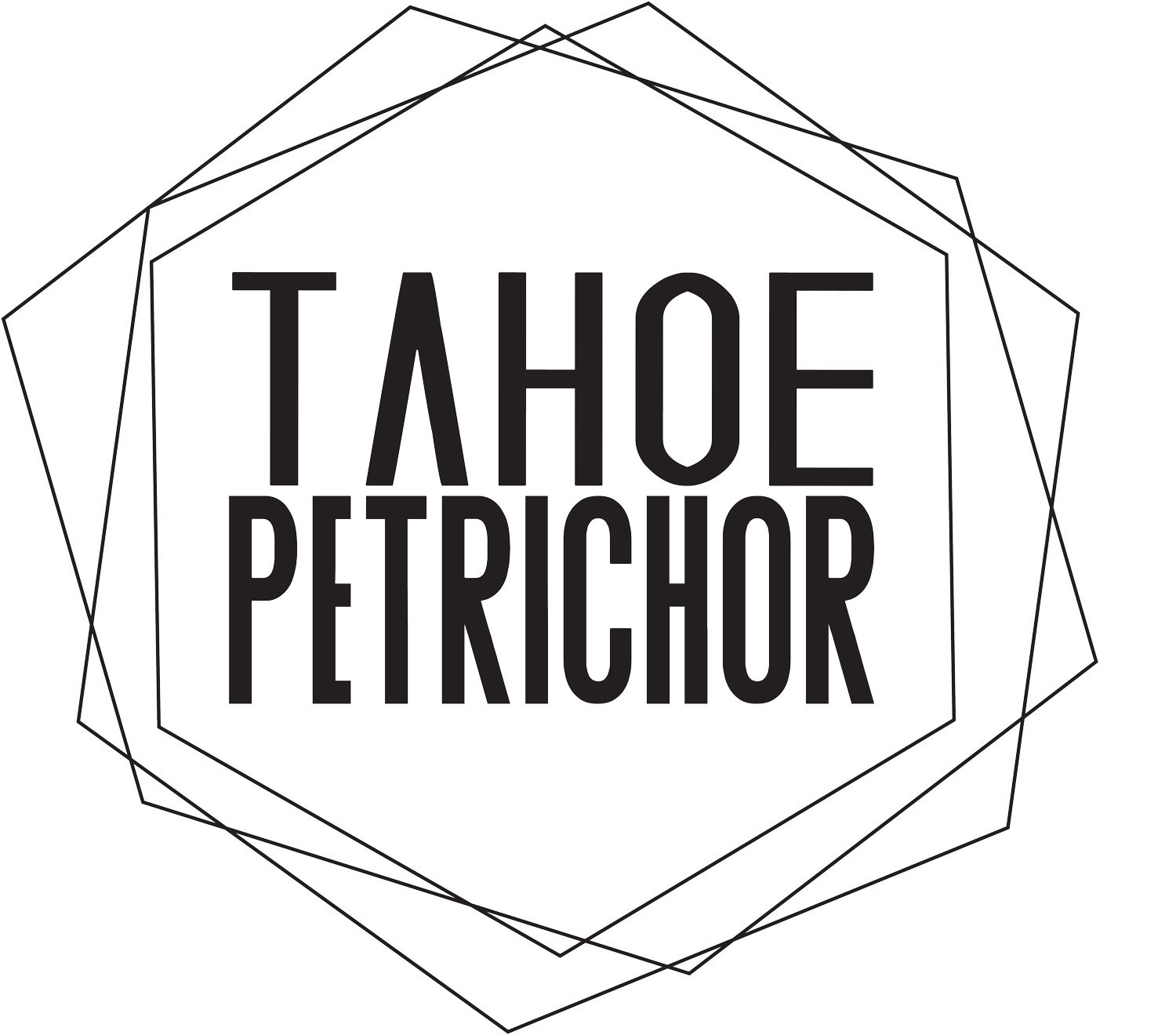






![Book a CBD Massage [RENO]](https://images.squarespace-cdn.com/content/v1/5d16e5e02eabfc0001072ae7/1568931800244-NU42HKE8HYWS937IFYWI/image-asset.jpeg)








